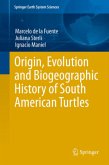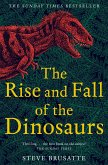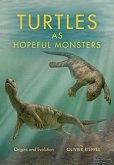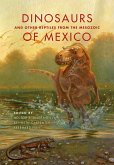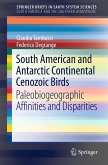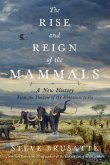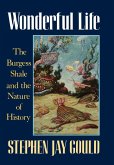The extended continental South American turtle record (Norian to Lujanian) allows us to follow the evolution of this reptile clade from its origins. Several significant stem turtle taxa such as: Palaeochersis talampayensis and Condorchelys antiqua provide information on the first steps of turtle evolution. Others such as: Chubutemys copelloi or Patagoniaemys gasparinae provide clues to the origin of the bizarre horned tortoises of the clade Meiolaniidae. The panpleurodiran species such as Notoemys laticentralis or Notoemys zapatocaensis shed light on the origin of modern pleurodiran turtles. This book explores aquatic and terrestrial cryptodiran turtles, South Gondwanan pleurodiran turtles, North Gondwanan Pleurodiran turtles, Meiolaniforms and early differentiation of Mesozoic turtles.
Hinweis: Dieser Artikel kann nur an eine deutsche Lieferadresse ausgeliefert werden.
Hinweis: Dieser Artikel kann nur an eine deutsche Lieferadresse ausgeliefert werden.


